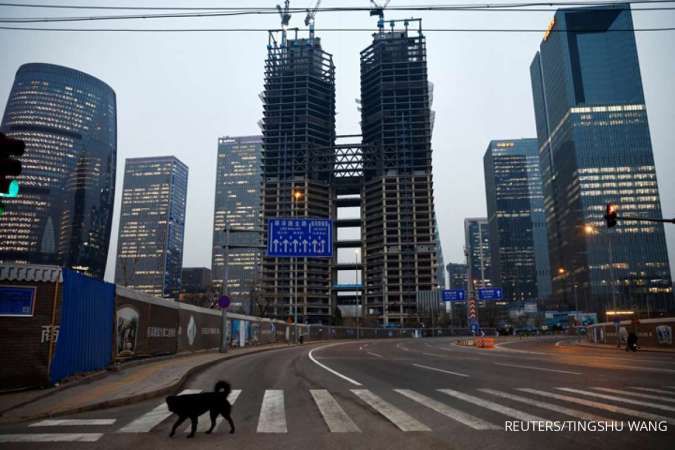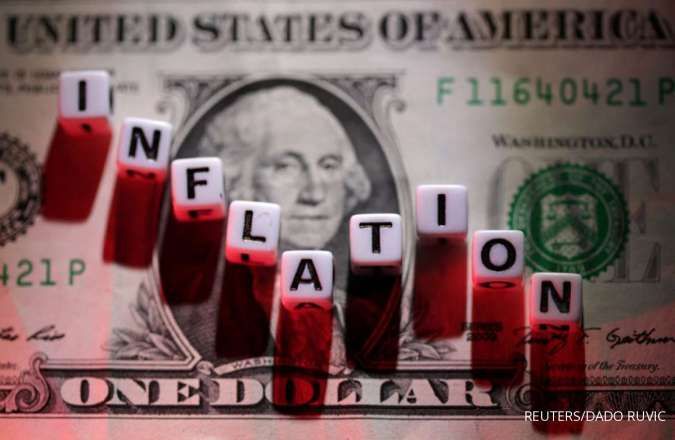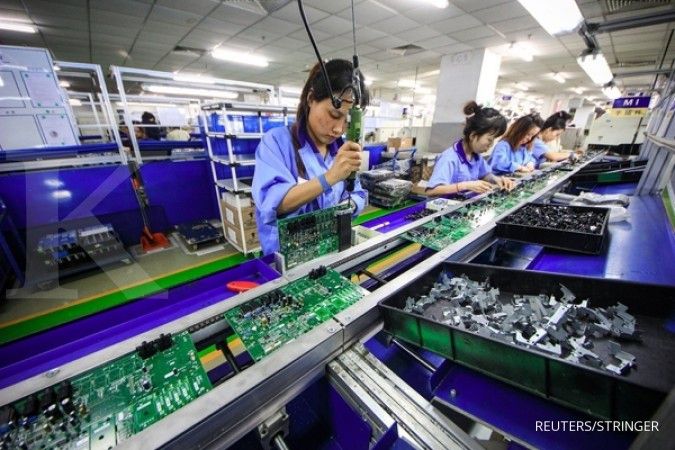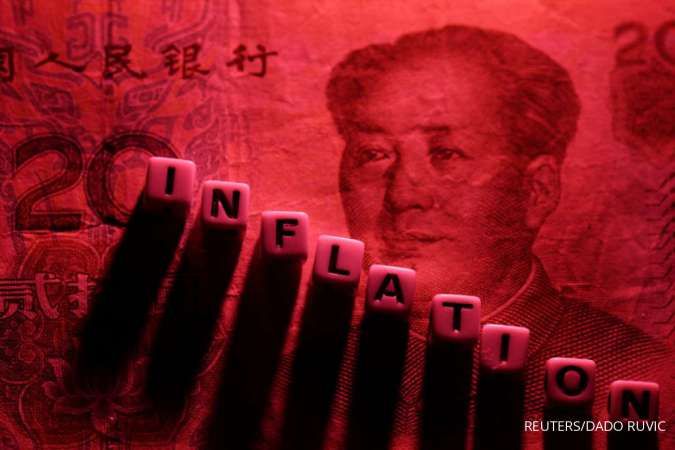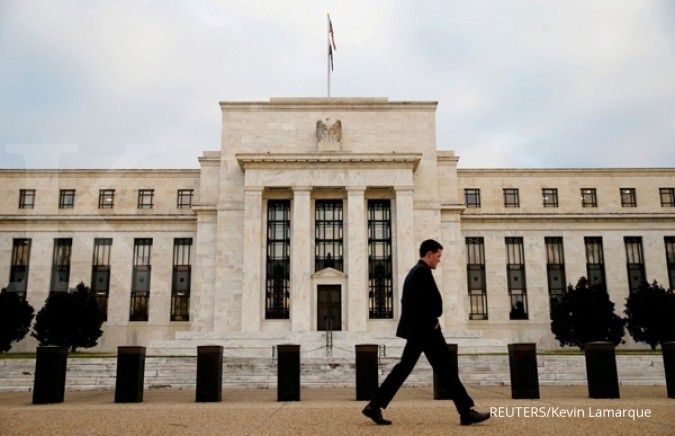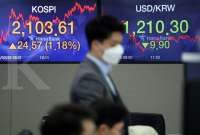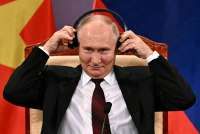INFLATION - BEIJING. China's consumer prices swung back into contraction and factory-gate deflation persisted in October as domestic demand struggled, weighing on the outlook for any broader-based recovery in the world's second-largest economy.
The consumer price index (CPI) dropped 0.2% in October from a year earlier, data from the National Bureau of Statistics (NBS) showed on Thursday, a faster decline than the 0.1% fall expected in a Reuters poll.
The headline figure was dragged by a further slump in pork prices, down 30.1%, speeding up from a 22% slide in September, amid an oversupply of pigs and weak demand.
However, even core inflation, which excludes food and fuel prices, slowed to 0.6% in October from 0.8% in September, pointing to China's continued battle with disinflationary forces and the risk of again missing the government's full-year headline inflation target, set at around 3%.
Consumer prices slipped into deflation in July and returned to positive territory in August but were flat in September. Factory deflation persisted for the 13th straight month in October.
Read Also: Gold Lacks Momentum as Traders Seek More Fed Cues
Combined with other economic indicators, the data in the fourth-quarter so far suggests a meaningful economic recovery remains elusive.
"The data shows combating persistent disinflation amid weak demand remains a challenge for Chinese policymakers," said Bruce Pang, chief economist at Jones Lang Lasalle.
"An appropriate policy mix and more supportive measures are needed to prevent the economy from a downward drift in inflation expectations that could threaten business confidence and household spending."
Month-on-month, CPI fell 0.1%, compared with a 0.2% gain in September.
The producer price index (PPI) fell 2.6% year-on-year against a 2.5% drop in September. Economists had predicted a 2.7% fall in October.
Authorities have repeatedly downplayed the risks.
"There is no deflation in China and there will be no deflation in the future," said a statistics bureau official in August.
Read Also: Stocks Stutter as Market Seeks Rate-Cut Timing, Dollar Gains
Beijing has been ramping up measures to support the broader economy, including 1 trillion yuan ($137.43 billion) in sovereign bond issuance and a move to allow local governments to frontload part of their 2024 bond quotas.
But a property crisis, local debt risks and policy divergence with the West all complicate the recovery process.
Recent indicators of the economy have been mixed.
China's imports unexpectedly grew in October while exports contracted at a quicker pace. Meanwhile, the official purchasing managers' index showed factory activity unexpectedly contracting and services activity slowing last month.
China also recorded its first-ever quarterly deficit in foreign direct investment (FDI), underlining capital outflow pressure following Western governments' "de-risking" moves.
"We expect China's economy to grow by 5.0% in 2023, in accordance with the target set by authorities, followed by 4.0% growth in 2024 and 2025," said Moody's on Thursday.
"However, we see downside risks to China's trend growth on account of structural factors."
/2022/06/13/994328240p.jpg)
